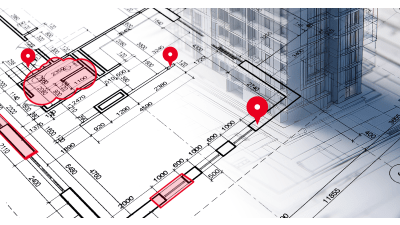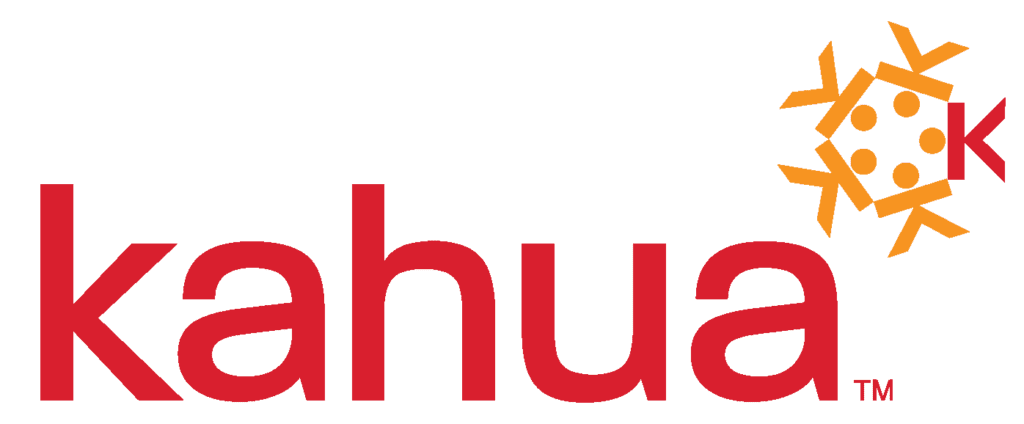3 Constants Federal Contractors Need to Succeed in Times of Change and Uncertainty
What’s the best way for a federal contractor to respond in an environment of rapid change?
When political and economic winds blow, it can be tempting for federal construction project owners to react to rapid change by abandoning long-term strategies.
Federal agencies are suddenly being scrutinized and held to account in new ways and they must do more with less (and prove it!). The mandate to modernize federal technology and software, with the goal of maximizing governmental efficiency and productivity, has put cost management under the microscope.
But how can you reduce costs and work faster, without losing productivity, sidelining important projects or risking long-term growth?
Kahua has identified three areas of focus that can help you succeed today and to prepare for the next wave of change that comes your way:
- Gain efficiency by modernizing your tech
- Prioritize transparency to reduce risk
- Collaborate, collaborate, collaborate!
Get the latest ebook for more details on this 3-prong strategy.
1. Gain Efficiency by Modernizing Your Tech
 Moving from manual to digital processes is crucial to keep projects on time, on budget and within scope. And there’s certainly room for improvement: Construction professionals spend 35% of their time each week on non-optimal activities!
Moving from manual to digital processes is crucial to keep projects on time, on budget and within scope. And there’s certainly room for improvement: Construction professionals spend 35% of their time each week on non-optimal activities!
Agencies and contractors have always adapted as industry regulations and economic factors change.
Teams that do not consistently innovate will find themselves working in siloed systems and losing out on insights and new business, because they simply can’t move with the same speed and accuracy as digital workflows.
Spreadsheets and basic project management tools do not have workflow capabilities, security or industry best practices baked in—but these must be tracked somewhere.
The good news is technology is easier than ever to adopt. A project management information system (PMIS) is table stakes for modern construction companies. Cost management suite and reporting capabilities ensure project risks and issues are visible and addressed quickly.
2. Use Data to Reduce Risk

Project data is the new black (gold).
Other than the project itself, owning your own data is incredibly valuable—if you’re able to collect and analyze that data. Here are a few examples:
-
Use historical cost data to create realistic future budgets and manage costs
-
Track change orders to identify patterns, like problematic vendors or under-reported problems
-
Share a central submittal log so subcontractors have access to current information in the field
But once the project ends or the contractor changes, you risk losing access that kind of critical information.
Owners often struggle to obtain historical data from their own systems, leaving them with no insight on performance or pricing of closed projects—not to mention defending themselves against lawsuits, which require detailed data.
The ability to add new processes, easily add documentation and fast approvals is critical to minimize project disruption. These processes also streamline the audit process and reduce regulatory and asset risk.
3. Collaborate: Beginning, Middle, and End
 Was that critical detail in an email, a text, a chat or a shared document...? Ugh, gotta hunt it down. We've all been there!
Was that critical detail in an email, a text, a chat or a shared document...? Ugh, gotta hunt it down. We've all been there!
Over 1/3 of a construction professional's time is spent simply looking for project data and information. And those hours translate to real dollars.
Collaboration is a huge opportunity to accelerate project coordination and execution, communication and stakeholder interaction and responsiveness in the field.
When you have a single source of truth with real-time access to a central data source, you always know where the updates are.
Kahua helps get project information out of contractors' systems, e-mail inboxes, text messages, documents and .pdf files—and into a shared environment.
This real-time access gives teams the means to communicate in real time regarding budget management, scheduling, work orders, approvals and payments.
We also keep things moving with role-based access for shared documents, drawings and files with stakeholders inside and outside your organization.
Fresh scrutiny and unexpected economic changes have the potential to destabilize complex supply chains, compliance obligations and long project lifecycles. Those who can’t pivot quickly are likely among the first to feel the pain.
A purpose-built PMIS like Kahua gives federal agencies the ability to create your system, own your own data and prepare for the next change.
Check out our guide for more details on this 3-prong strategy.


